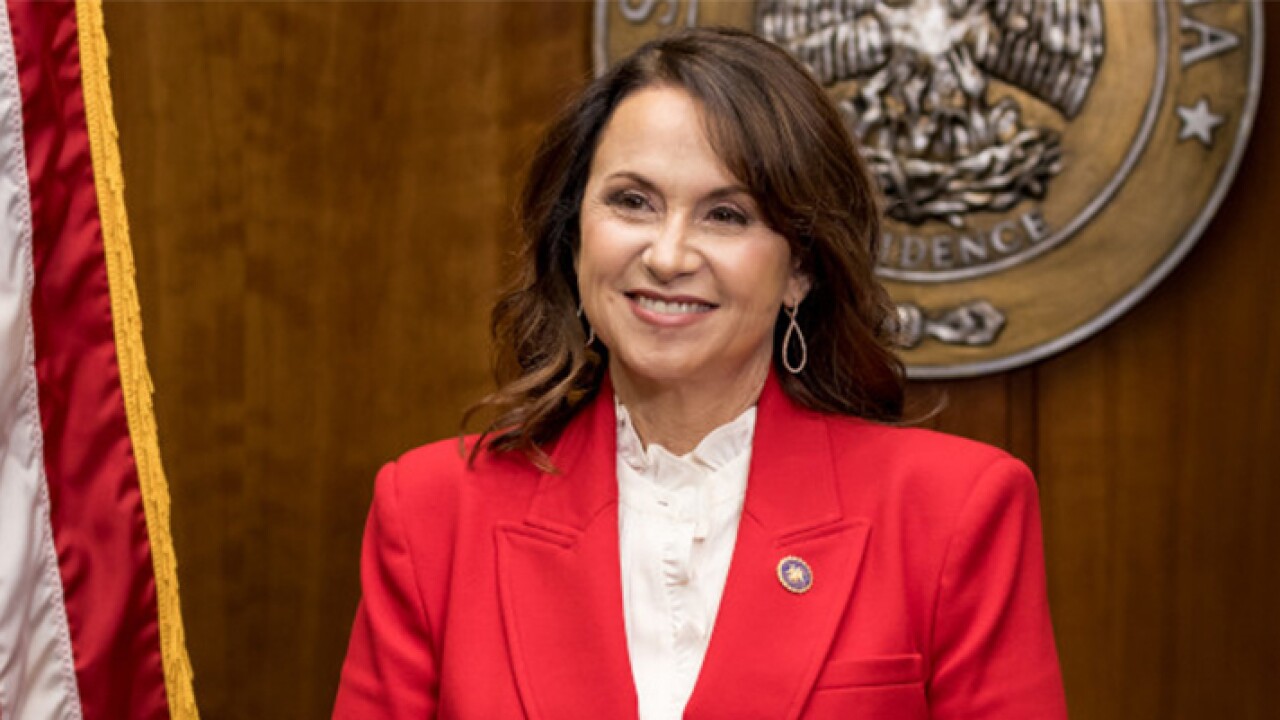It's been slim pickings so far this year in the high-yield municipal market, with investors turning to a handful of prominent credits — restructured Puerto Rico debt, prepay gas bonds, tobacco paper — while continuing to shun troubled sectors like senior living.
The story in the high-yield space follows the larger $4.1 trillion muni market, hammered last year by rising interest rates and inflation that drove deep losses amid record mutual fund outflows. At the same time, both the high-yield and investment-grade landscapes are still enjoying relatively strong credit conditions that are illustrated by low default figures.
A first quarter marked by more rate hikes and considerable banking volatility have sparked more mutual fund outflows, though at a slower pace. High-yield spreads have continued to widen, with Nuveen putting the first quarter widening at 12 basis points.
That presents potential for some high-yield portfolio managers.
"Where we see the best opportunity is from spreads that have not recovered from the outflow cycle of 2022," said David Hammer, managing director and portfolio manager of PIMCO's municipal bond fund complex who oversees PIMCO's High Yield Municipal Bond Fund, which has net asset value of $2.68 billion.

"We see a material pick up in yield, but also higher credit quality, and as we approach a potential recession and amid the recent banking sector volatility, I think the higher quality nature of the high-yield market is equally important as simple yield."
Also like the investment grade market, high-yield primary supply this year has remained moribund as higher rates drive up the cost of capital for borrowers that already may be stressed, investors said.
Brightline Florida's unrated $215 million deal in March, which saw an initial offering price of 98 with a 9.006% yield, marked one of the few large speculative deals to come to market.
A $200 million deal for a retirement community in South Carolina failed to generate enough investor interest to sell earlier this year, according to Jason Appleson, managing director and head of PGIM's Fixed Income's Municipal Bond Team, who oversees the PGIM High Income Muni Fund, with net assets of $711 million.
"It's a tough environment," Appleson said. "There are idiosyncratic opportunities, but the typical primary and secondary high-yield market has all but ground to a halt."
Part of that is due to weakness in the investment-grade muni market, Appleson said. "There's not the same desperation to reach for yield," he said.
Hammer said PIMCO sees opportunities among post-bankrupt Puerto Rico credits, as well as tobacco bonds linked to inflation and prepaid gas bonds, which took a hit during the mid-March banking crisis and have since seen some tightening.
Puerto Rico general obligation and sales tax bonds, known as COFINA, are among the most prominent junk credits and "dominate the high yield municipal indexes," noted Nuveen in an April 17 market report.
The restructured Puerto Rico debt was "downsized to fit revenue levels near the bottom of the Commonwealth's economic cycle," Nuveen, whose High Yield Municipal Bond Fund, the market's largest,
The restructured Puerto Rico bonds are not rated by ratings agencies so "they have a limited pool of buyers," Hammer noted.
A chunk of the Puerto Rico restructured COFINA bonds, Series A-1, 5% of 2058, sold last week at 93.423 with a 5.43% yield.
Like COFINA, Buckeye Tobacco Settlement Financing Authority bonds,
A tranche of Buckeye bonds with a 5% coupon due in 2055 traded Friday at $92.3 with a 5.51% yield. That compares to a price of $102/5% in April 2022 and 91/5.8% in December 2022.
Meanwhile, default rates point to an improving credit landscape, analysts said.
Delinquencies and "early red flags for potential defaults" fell in the first quarter to the lowest levels since before the pandemic, Moody's Investors Service said in an April 20 report.
"Even as corporate default rates have more than doubled over the past year, the high-yield municipal sector for now has shown some resilience against higher interest rates, turbulence in the banking sector, and inflation," Moody's said, adding that the credit conditions defied the agency's expectation and predicting that municipal delinquencies are unlikely to rise past pandemic-era levels under Moody's base scenario of a mild recession in the second half of the year.
Senior living remains the riskiest sector in the market, followed by local government special districts, Moody's said.
Year-to date-through April 19, the market has seen eight payment defaults, with retirement projects accounting for four of the eight, according to Municipal Market Analytics.
"None of the year-to-date defaults involve safe-sector borrowers," MMA said, adding that there have been only two new "safe sector" defaults in the last two years. That's "a very low total, reasonably driven by still strong state and local revenue production, mostly austere spending practices, and substantial federal aid."
Impairment numbers, which include events like missing debt service coverage tests, show a different story, according to MMA. The impairments, which are led by hospitals, illustrate "the financial and operating stress now being experienced by not-for-profit hospitals is different, and much more severe, than that seen in any prior year since at least 2009," MMA said.
Looking forward, the sub-investment grade muni market needs to see stabilization in macro trends to bring around reluctant investors and borrowers, Appleson said.
"I am looking forward to the conclusion of the Fed's rate-hiking cycle," Appleson said.
"As the flows start to pick up and people get more comfortable in the fixed-income space then you'll see the high-yield market come roaring back to life."





